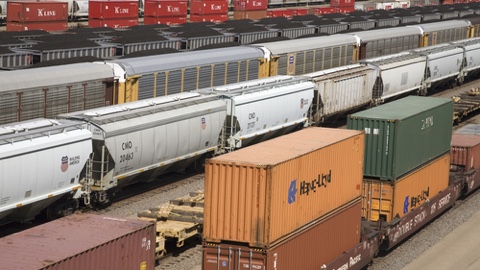
The University of Delaware’s annual Big Data in Railroad Maintenance Planning conference brings together railroad users, data science professionals, consultants, suppliers, and academia to look at the latest trends in data science analytics and its application in the railroad industry. Last year’s conference focused on the railroads’ specific needs and practical applications to date of big data analytics.
Chief Information Officers of three railroads – Union Pacific, Amtrak, and SEPTA – talked about the strategic importance of making use of the large volumes of data generated by railroad inspection and management systems. They concluded that sensors and data analytics continue to drive railroad innovations and growth, that not all data will be actionable, and that analytics can serve as a guide to which actions would be most effective.
Some examples of the use of big data analytics include:
- track maintenance analysis and planning;
- identifying exact curve locations from track geometry car data, which can now be performed in a matter of hours rather than the months needed previously using traditional surveying practices;
- switch monitoring and maintenance prediction where the ability to identify decaying asset status in an early stage has been shown to optimize of maintenance intervals with an associated reduction in failures and cost; and,
- the maintenance of equipment and rolling stock.
Organizations such as Railinc, The Association of American Railroads’ rail data and messaging subsidiary that services the North American freight railway industry, have on the order of 100 Terabytes of data currently in active data repositories.
